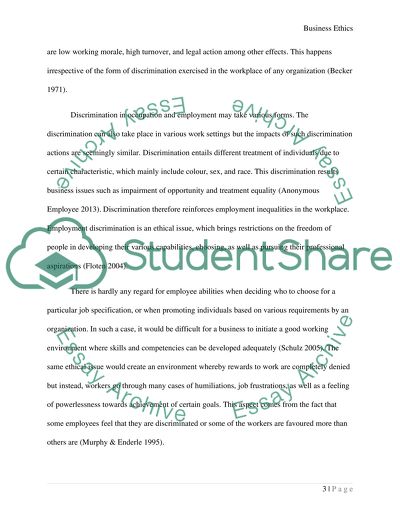Cite this document
(Business Ethics - Discrimination in the Workplace Essay - 1, n.d.)
Business Ethics - Discrimination in the Workplace Essay - 1. Retrieved from https://studentshare.org/human-resources/1484165-business-ethics
Business Ethics - Discrimination in the Workplace Essay - 1. Retrieved from https://studentshare.org/human-resources/1484165-business-ethics
(Business Ethics - Discrimination in the Workplace Essay - 1)
Business Ethics - Discrimination in the Workplace Essay - 1. https://studentshare.org/human-resources/1484165-business-ethics.
Business Ethics - Discrimination in the Workplace Essay - 1. https://studentshare.org/human-resources/1484165-business-ethics.
“Business Ethics - Discrimination in the Workplace Essay - 1”, n.d. https://studentshare.org/human-resources/1484165-business-ethics.


